Thanks to decades of marketing, most athletes believe that cramping is due to dehydration or lack of electrolytes. However, dehydration is very rarely the cause. Research shows that cramping can and does happen in hot and cold temperatures, with no changes in hydration status or body water loss, and no changes in blood electrolyte levels. So then what is the cause?
Why We Cramp
Most cramps are caused by fatigue, or muscle overloading. A cramp is a muscular response to a neurological stimulation. When the nerves that are supposed to inhibit muscle contraction get tired, the chemical and electrolytic synapses over-fire to try and get the nerve to respond. The result: an overstimulated muscle (what we know as a cramp).
But why do I only cramp in races and not training?
“Race Fatigue”
Few athletes train their full race distance at all-out race intensity. Even those that do cannot mimic the stress on race day or other various uncontrollable factors.
The combination of intense training, plus the race itself, causes significant inflammation and muscle damage. As we go further into the race, the big muscle fibers we have been relying on get tired, so we have to recruit the smaller muscle fibers. This is that point when power output decreases (the “dead leg” feeling). These small fibers are typically not trained as hard as our large fibers, so we have to increase our effort just to maintain the same pace. The consequence is three-fold:
- We produce more lactate and our body becomes more acidic
- We use more glycogen stores
- We fatigue quickly and start compensating with improper mechanics and muscles.
Example: The glutes are one of our most powerful muscles as runners, so they power the majority of our race. Once they fatigue, other muscles, such as the weaker calf muscle or adductor, pick up the slack. This is why most runners cramp in their calves, adductors, feet, and shins; rarely do cramps happen in the quads or glutes.
How to Fix It
Formwork and Posture – know your weaknesses when it comes to race fatigue, and incorporate drills throughout training that focus on those target areas.
Implement “accumulated fatigue” – structure your training so that long runs and speed work are being done slightly fatigued from the previous workout. This helps develop muscular endurance without having to train your full race distance. You can also mimic the accumulated fatigue of a race by preceding a marathon-pace tempo with strength training or hill running, either by doing double-days or split sessions. You can also do a lactate clearance tempo, where you run the first 2-4 miles at up-tempo, then match that same distance at race pace.
How Nutrition is Related
I don’t want you to walk away from this article thinking that nutrition and hydration have no link to cramping, because they do play a role is cramp prevention.
However, they do not have any effect on treating a cramp once it happens, at least acutely. Why? If I experience a cramp at mile 20 of a marathon or mile 60 of a 100k, and I eat a banana or a potato or drink some pickle juice, it will take at least 15-30 minutes for that food to hit my bloodstream and stomach. If your cramp goes away after eating a banana – it’s placebo. But as far as I’m concerned, if it works, even if it is in your head, then why stop?
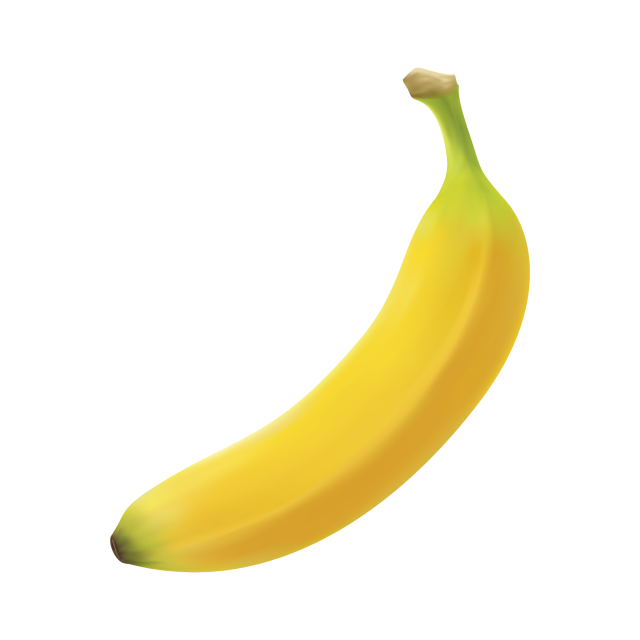
Daily meal and snack patterns, as well as food habits before/during/after training, can either make you more or less prone to cramp when your body is over-exerting itself. Poor nutrition increases inflammation and oxidation in the body, whether that is over or under-consuming calories, eating a diet high in processed and refined foods, having an irregular eating schedule, or not properly fueling before and after workouts.
We want the foods we eat to help reduce and treat the inflammation caused by training and daily stressors, not add to it. An anti-inflammatory diet includes vegetables, fruits, omega-3 fats, legumes, cultured/fermented foods, lean proteins, and low-gluten whole grains. It is also adequate in calories and balanced in timing, and low in refined flours, sugars, oils and proteins.
Proper Electrolyte Balance is Important
Hydration and electrolyte balance are another crucial component of cramp prevention. I like to use the following analogy with my athletes: Picture a piece of beef jerky. Now picture what would happen if you tried to bend or stretch it. Not a pretty ending for the jerky, and it’s not a pretty ending for your muscles either – beef jerky is simply dehydrated muscle. So hydration = important.
What about electrolytes?
Another great scenario: I worked with a marathoner who had cramped at mile 20 in all but one of his 13 marathons. He came to me frustrated, and was planning one more marathon to try to qualify for Boston before he gave up. His nutrition wasn’t great, but I’ve definitely heard worse. His problem was hydration … his daily water intake averaged between 8-24 ounces, including what he as drinking during training. He would then aim for 100 ounces of water daily leading up to his marathon, peed clear and assumed he was hydrated. Several problems with this:
- He was chronically dehydrated, which increases the muscle tearing in training I mentioned earlier. He was also unable to recover after training, because a dehydrated muscle is not going to properly absorb nutrients.
- He forced too much water into his digestive tract the week before the race. When cells are not used to absorbing that kind of volume, everything simply goes unabsorbed and get peed out. Which made his pee clear, and made his assume he was hydrated.
- He did not include any electrolytes. This is the biggest mistake I see with athletes when it comes to hydration. Even for those individuals who drink adequate water on a daily basis, the cells in our digestive tract cannot efficiently absorb 100% of the water we drink because it is too diluted. If you find yourself peeing all of the time, this is why.
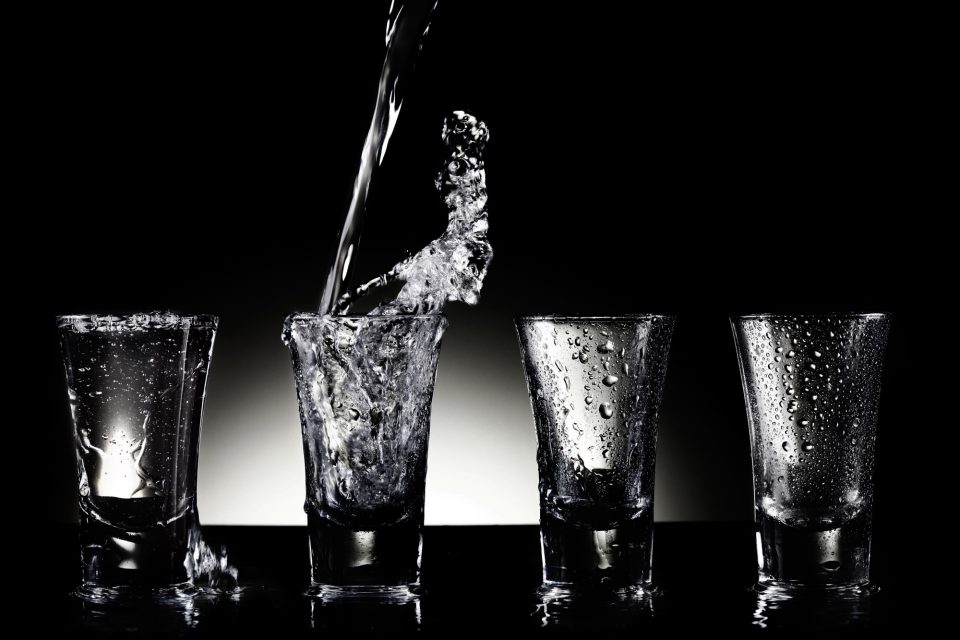
So what does proper hydration look like?
Water: Multiply your body weights (lbs.) x 0.5-0.6. This is how many fluid ounces of water you should be drinking on a daily basis, without exercise. For every hour of physical activity, add 16-24 ounces of additional fluids. Hydrating fluids include water, electrolyte drinks, and unsweetened herbal teas.
Electrolytes: Drink water with meals. Between meals, add electrolytes to your water. You want a full spectrum electrolyte that includes more than just sodium and potassium, which is what is found in many “salt sticks” and other electrolyte products. Look for something with sodium, potassium, magnesium, manganese, chloride, and calcium. By adding concentration to your water, your intestines can fully absorb the fluid you are taking in, thus you are more fully hydrated, maintain better electrolyte balance, and pee a lot less ☺<
What Actually Works and Why
Mustard, pickle juice, bananas, potatoes, sports drinks, potassium cheek patches, Hot Shot® … all foods and products that have been believed and marketed to help cramping.
And although they may not work how most athletes think they do, many of these products are successful in reducing cramp occurrence, duration and intensity. So if it’s not dehydration, and it’s not low blood electrolyte levels, then why are products like Hot Shot® and Pickle Juice effective?
My discussion of muscle fatigue above shed light on the role of nervous system in cramping. Products like pickle juice work because of their effect on our nerves, not our metabolic state. So whether it is pickle juice, mustard, Hot Shot®, or a spoonful of horseradish or sriracha, the products work because the strong taste disrupts the neural malfunction that is causing the cramp, by targeting the nerve receptors in the mouth, throat and stomach called the “transient receptor potential channels.”
So if you are prone to cramping, I want you to take a few items away from this article:
- Focus your training on your weaknesses. Maybe this means that you get a gait/running analysis done at a local physical therapy clinic. Strengthen those muscles that are prone to cramp in an exercise-specific manner. Incorporate accumulated fatigue into your training.
- Eat real, unprocessed foods as much as possible. This means foods that still resemble their natural state. For foods that come in packages – read the ingredient list – if you can’t pronounce it or find it in your kitchen, it doesn’t belong in your body. Eat foods rich in anti-oxidants (vitamins A, C, E) and anti-inflammatories. Eat enough, not too little, not too much. Watch your salt and added sugar intake.
- Hydrate properly with water as well as a full-spectrum electrolyte. Avoid carbonated and sugar-sweetened or artificially-sweetened beverages as much as possible.
- Experiment during training – mustard, pickle juice, cayenne, or other sharp flavors. There is no need to buy into expensive products … I know we’ve all got to-go packets of mustard and red pepper flakes lying around.
Oh, and my marathon client prone to cramping? He didn’t change a single thing about his training regimen. He upped his water and electrolyte intake, cleaned up his daily nutrition, and implemented proper carbohydrate loading the week prior to his marathon. He not only finished without a cramp, but PR’ed and qualified for Boston.
For further questions, email Heidi Strickler, RDN, at heidi@experiencemomentum.com



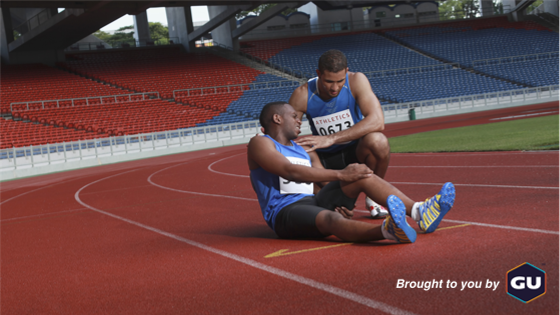





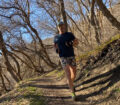


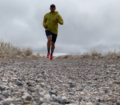

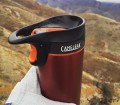
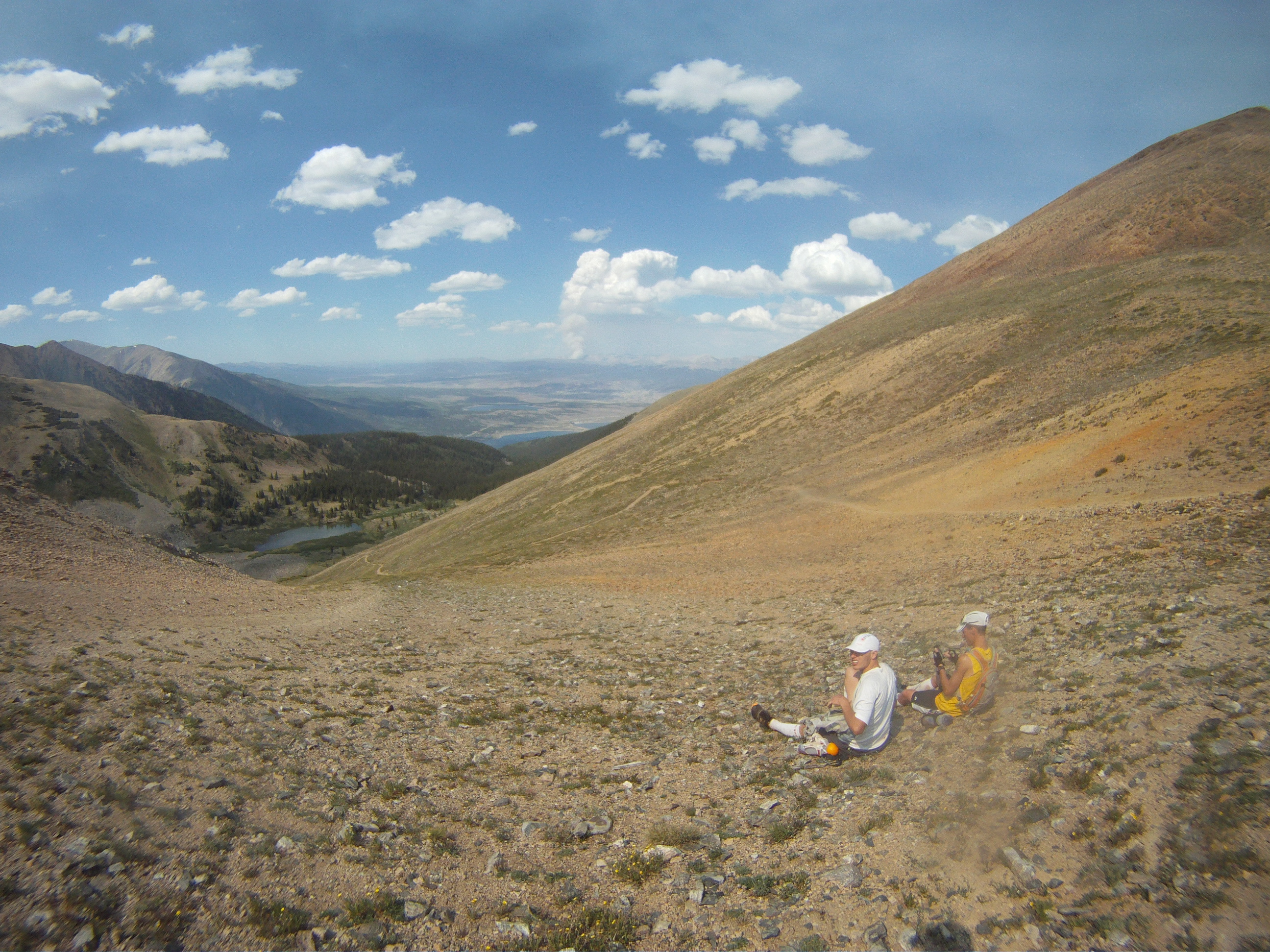
[…] (1) One of several common issues that every runner knows the cure for despite still suffering from them themselves. Hint: They’re either caused by dehydration and salt depletion or plain ol’ fatigue. Let the arguing begin (2) Sorry ladies. Motrin? More. […]